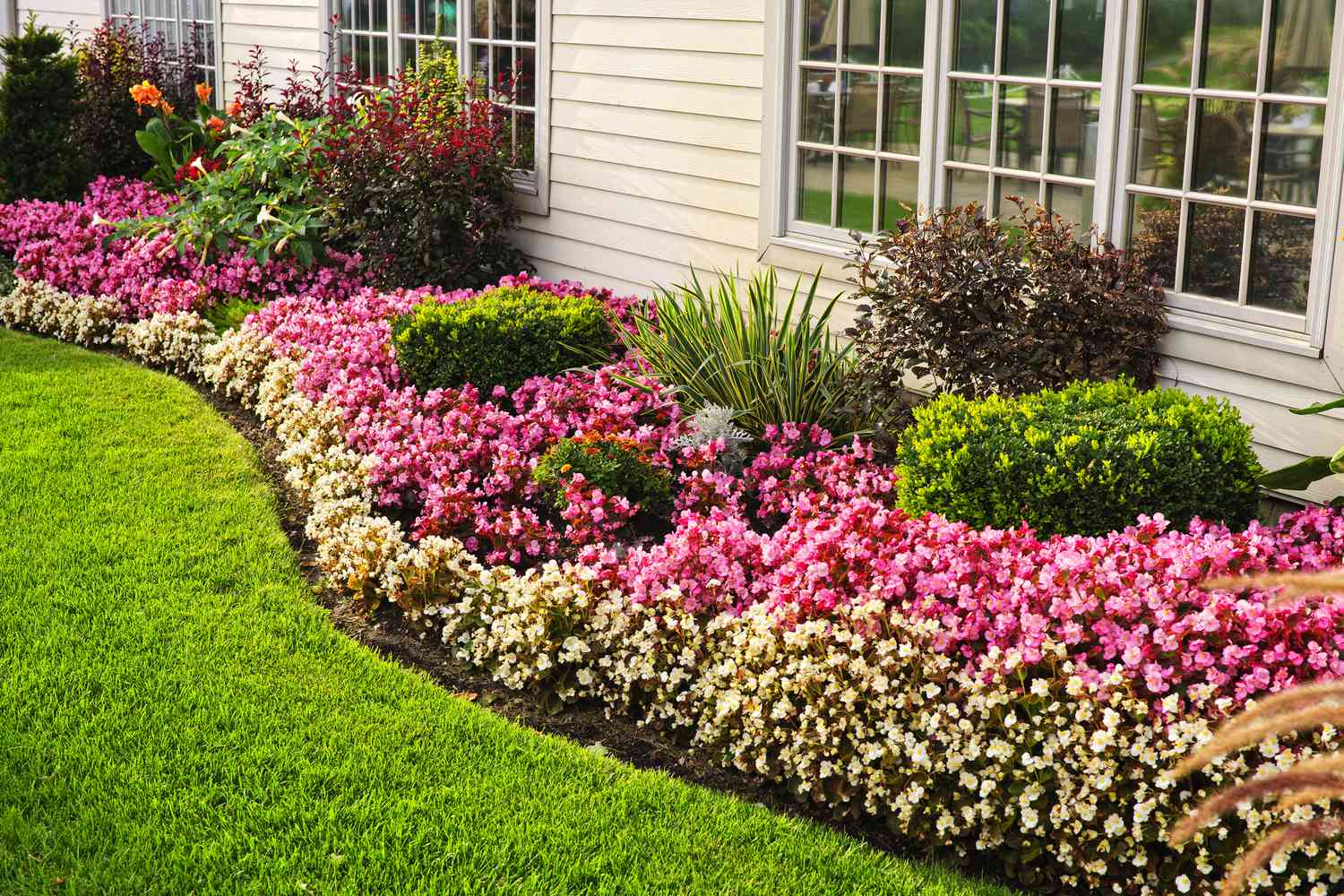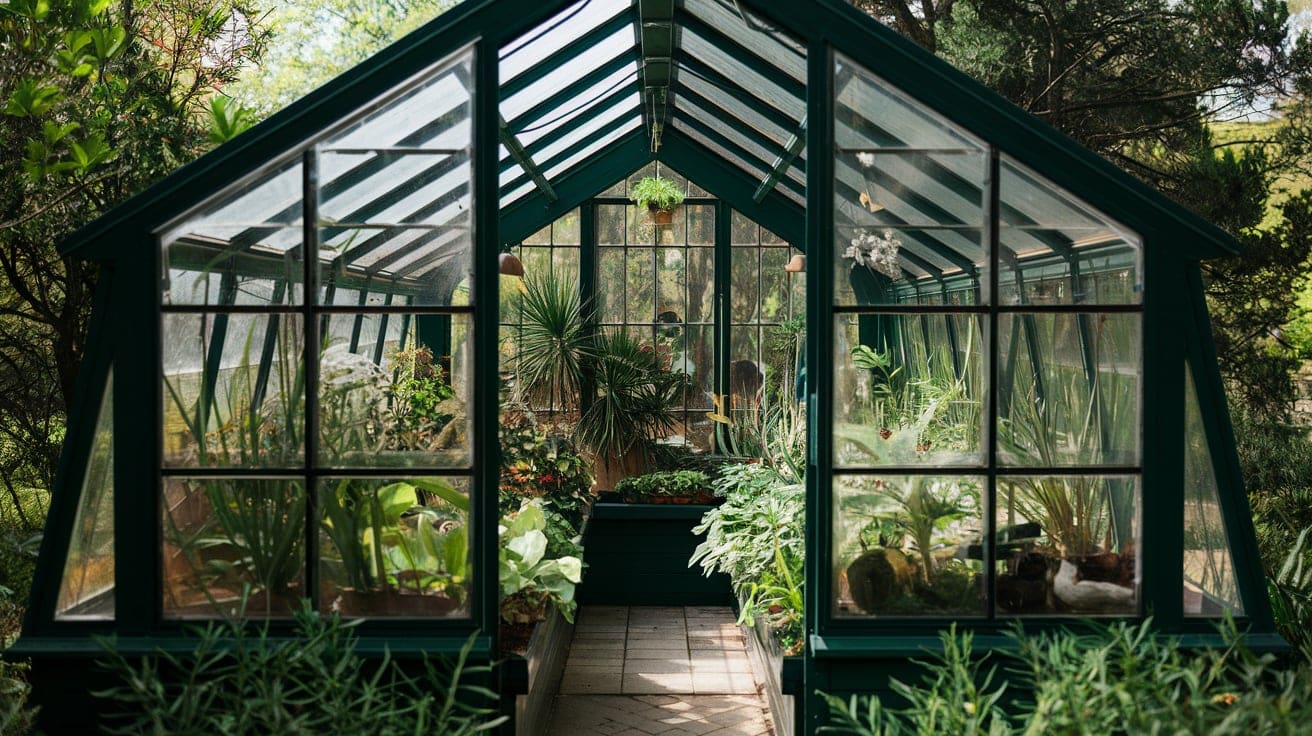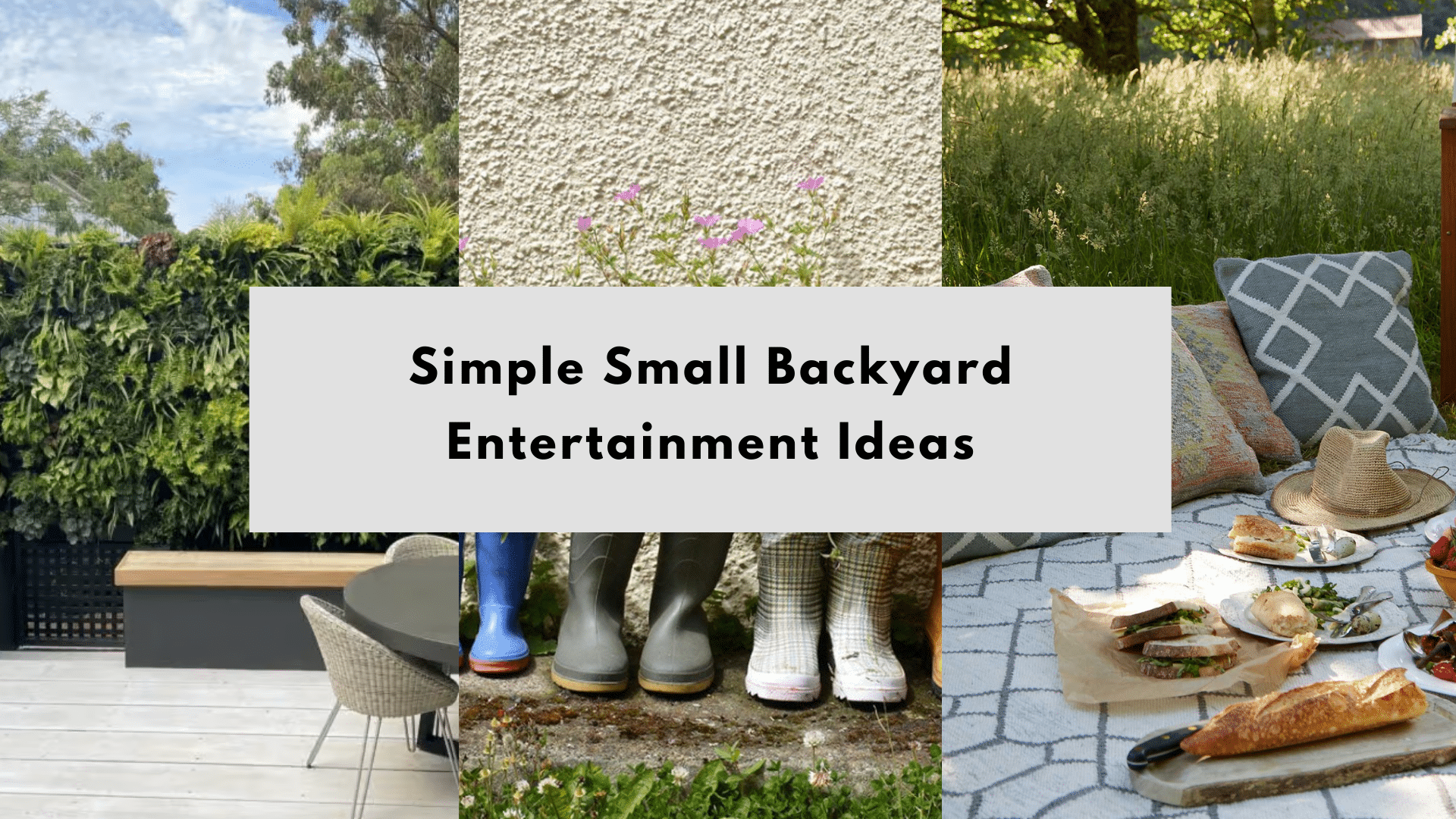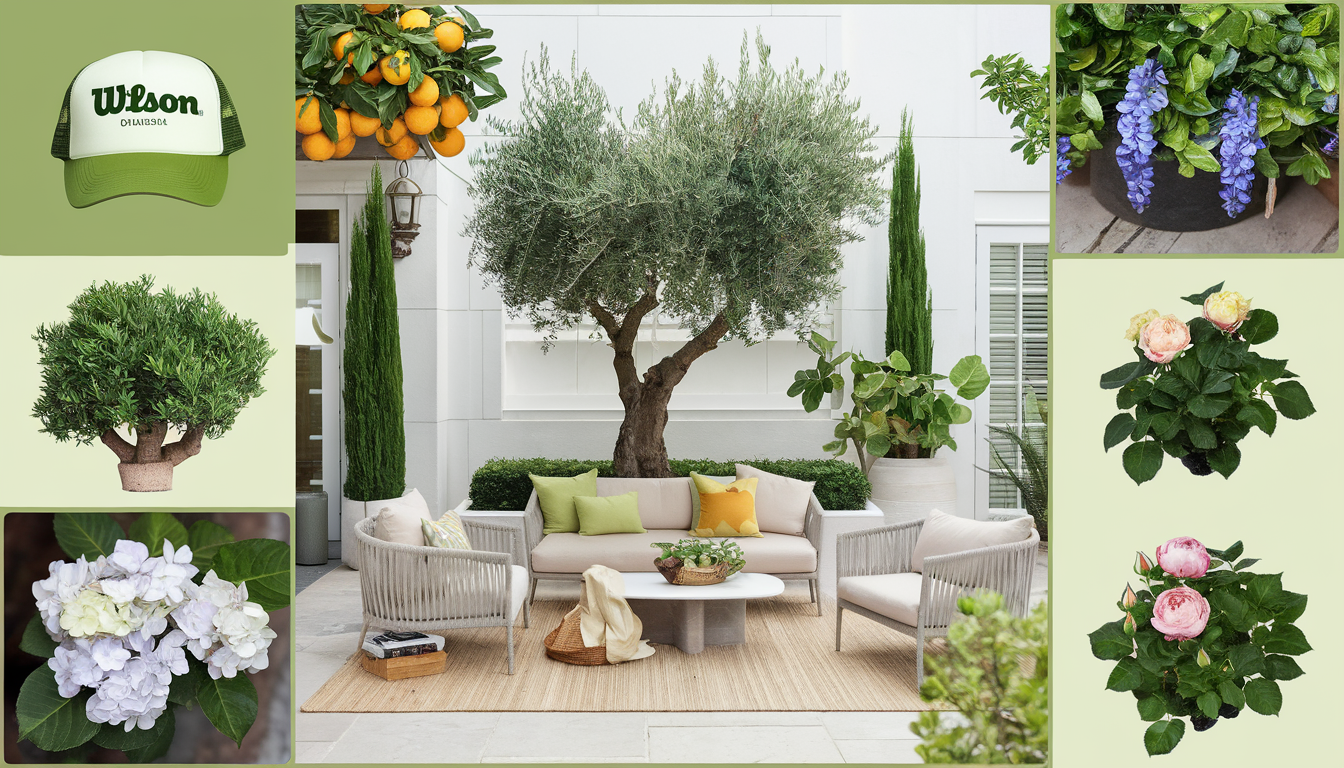3 Tips to Start a Sustainable Backyard Farm
The global urban farming market size should hit USD 290.11 billion by 2032, which tells us that more and more people are getting in on the backyard farming action. Maybe the rising prices at the grocery store or the sight of half-empty shelves during recent years got you thinking about food security.
Or maybe you’ve just daydreamed about biting into a tomato you grew yourself (a real, sun-kissed, juicy one, not the bland supermarket kind). Backyard farming, urban gardening, or whatever we want to call it means knowing exactly where your food comes from.
It’s a sustainable, resilient lifestyle that turns unused space into something full of life and purpose, helping you connect with the earth while gaining a little independence from the ups and downs of the food supply chain.
Plus, you can re-home some rescue farm animals who need a safe space. Extend your family, grow your own food, and release a little stress while you spend time outside. It’s all wins!
Rescuing chickens for your backyard farm
Chickens are remarkable creatures, and they make for quirky, lovable companions. Chickens are far more intelligent and affectionate than most people realize. They have unique personalities, love to socialize, and can form strong bonds with their humans.
Whether it’s a hen enthusiastically following you around the yard or settling in for a cuddle, these feathered friends bring unexpected joy to your daily routine. We don’t need to eat chickens, and we certainly don’t have a right to take their lives for something as trivial as a sandwich, so you can use your backyard farm as a space to rescue chickens.
These eco-friendly helpers are handy as a chicken’s diet can consist of food scraps, turning potential waste into sustenance and reducing your household’s contribution to landfill. In return, their droppings make for excellent natural fertilizer, enriching your soil with nitrogen and other nutrients that plants love.
Most importantly, by adopting rescue hens, you’re saving lives. Many retired laying hens face grim futures when their production slows, but providing them with a safe, loving home lets them live out their days in comfort.
Farming your own vegetables
One of the most rewarding parts of starting a backyard farm, even if it’s just a hobby farm, is integrating edibles into your existing landscape. This is where you’ll swap out purely decorative plants for options that pull double-duty.
Replace ornamental shrubs with blueberry or blackberry bushes, and consider fruit trees like apple, pear, or fig instead of ornamental varieties. Even flowers like nasturtiums are edible. Herbs like rosemary, parsley, and lavender can also add flavor to your meals while bringing beauty to your garden.
For limited spaces, container gardening for vegetables like tomatoes, spinach, kale, and peppers is a great option, as these varieties thrive in pots, as do strawberries and dwarf fruit trees. The portability of containers means you can optimize sunlight exposure or even bring plants indoors during colder months.
If you have more space, consider in-ground gardening or raised beds. In-ground gardens require soil preparation, including removing grass, loosening the earth, and enriching it with organic compost. Raised beds, though initially more work, offer better weed control, customized soil, and a tidy, ergonomic design. Eventually, you’ll be able to take fewer trips to the grocery store!
Careful planning and a realistic approach
It’s tempting to go big when you’re excited, but beginning with one or two raised beds or containers is often the best approach for beginners. This allows you to learn the basics without feeling overwhelmed. Choose easy-to-grow vegetables like lettuce, spinach, or tomatoes for your initial planting, and expand as you gain confidence and experience.
Sunlight is key for most of the crops you’ll want to grow, so select a spot that gets at least 6–8 hours of direct sun daily. Ensure the area has good drainage, and if your soil is poor, improve it with compost or consider raised beds filled with quality soil.
Finally, irrigation systems, such as drip lines, can save water and time. If you’re hand-watering, make sure your setup is manageable. Also, grow what you love to eat—focus on vegetables and fruits your family enjoys to reduce waste and (most importantly) maximize your satisfaction!
Need a little more space for your farm?
A House in the Hills is here to help you embrace a more peaceful and nature-filled way of life, with stunning homes that allow plenty of space for farming! Join a friendly and supportive community by exploring our collection of homes today.







